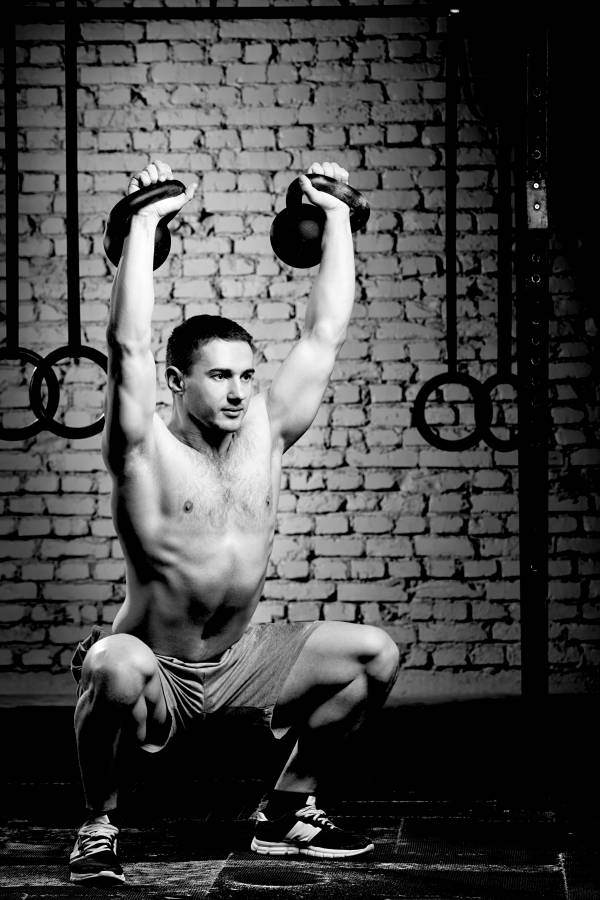Should your knees move forward of your toes during a squat? Ask five different coaches and you’ll get five different answers. A study from the Journal of Strength and Conditioning Research examined this contentious topic. Researchers asked, “How does the movement of the spine change if knees are restricted from coming forward of the toes?”
Researchers tested 30 subjects by videoing their squats. The subjects performed unweighted squats and then added loads of 25% and 50% body weight. First, the subjects squatted unrestricted, allowing their knees to move naturally. Then they squatted while restricting their knees from moving beyond their toes. Researchers compared the kinematics of both styles and formed some interesting conclusions.

Related: The Best Leg Workouts
Restricting forward movement of the knees resulted in undesired movement of the spine. During the restricted squat, the thoracic spine, lumbar spine, and sacrum all articulated with each other much more than in the unrestricted squat. Put simply, subjects started flexing their spines in weird ways that are not safe for a loaded squat. The unrestricted squat showed much less spinal movement. As subjects were allowed to move their knees beyond their toes, the spine stayed more neutral with the torso more upright.
This study forces the question, “How should we squat?” Powerlifters squat with a low bar technique and vertical shins, similar to the restricted squat tested in the study. This technique invokes more of the posterior chain and allows powerlifters to squat the heaviest loads possible. Weightlifters squat with a high bar technique and vertical torso, similar to the unrestricted squat tested above. This allows them to train the squat in a way that carries over to the snatch and clean. The powerlifting technique accepts more shear forces on the spine. The weightlifting technique accepts more shear forces on the knee. Which one is correct?
At my CrossFit affiliate, we teach the unloaded squat with the restricted knee technique, similar to the powerlifting squat. Most new athletes do not know how to utilize their posterior chain or hinge at the hips, and this technique reinforces both of those valuable patterns. Many new athletes also lack the ankle flexibility necessary to squat with knees forward. As athletes develop in strength and flexibility, we introduce them to the high bar squat. Competitive athletes that start to specialize in weightlifting eventually move away from the low bar squat completely.
So the “right” way to squat is really more subjective than it seems. Squat in a way that is safe for your level of strength and flexibility, and in a way that supports your training goals.
References
1. Renate List, et. al. “Kinematics of the Trunk and the Lower Extremities During Restricted and Unrestricted Squats.” Journal of Strength & Conditioning Research: June 2013 – Volume 27 – Issue 6 – p 1529-1538. doi: 10.1519/JSC.0b013e3182736034.






